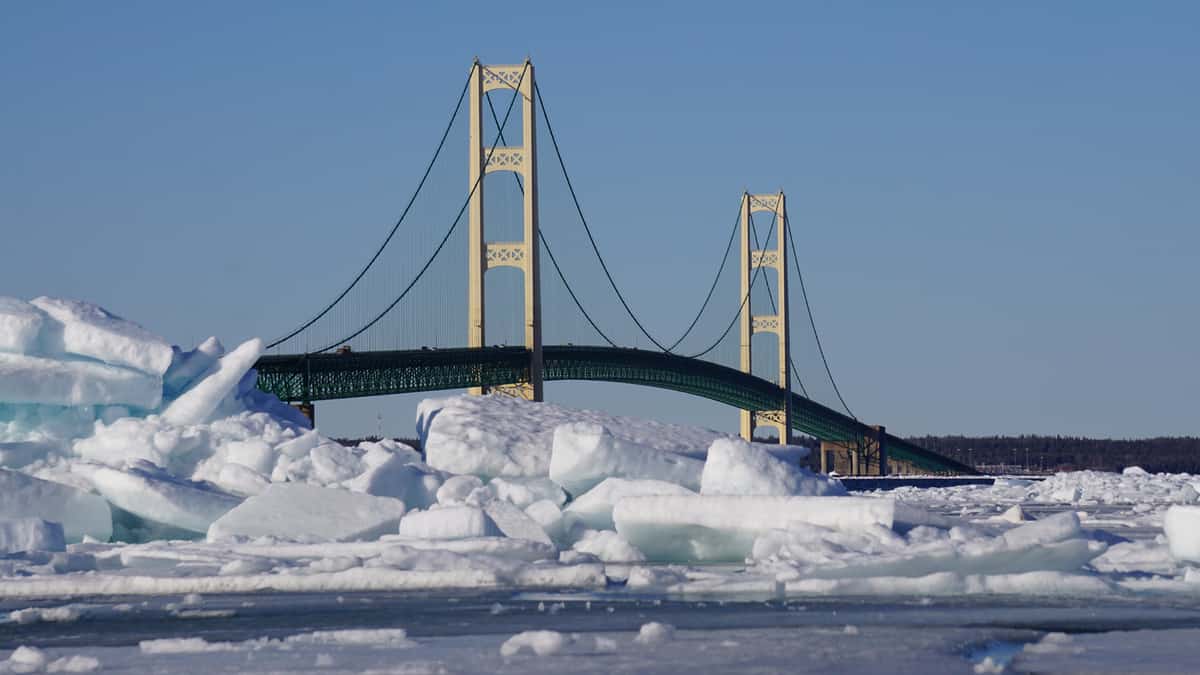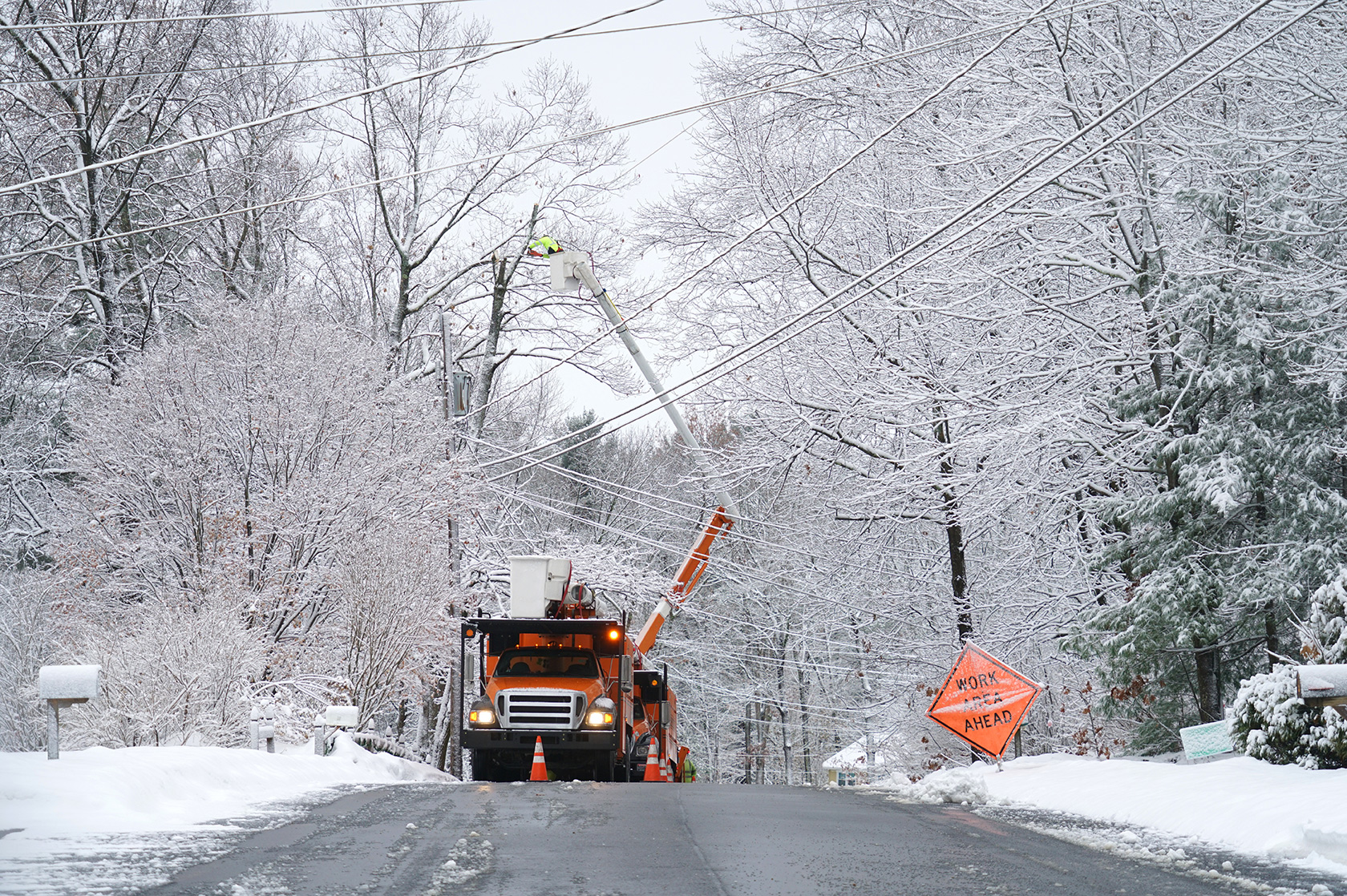Three Key Facts:
- A $858 million investment will modernize the Montgomery Locks and Dam, creating 28,000 construction jobs and over 5,000 permanent union jobs.
- The $858 million investment from the Biden-Harris Infrastructure Law will support vital industries, such as coal, steel, and chemicals, which sustain some 248,000 jobs across Pennsylvania.
- The Montgomery Locks not only support industry but also provide recreational opportunities for local residents, including fishing and boating.
An “unprecedented” influx of federal infrastructure dollars will fund long-overdue upgrades for one of southwestern Pennsylvania’s oldest lock-and-dam systems, which is at risk of failing within the next decade.
The $857 million federal investment will be used to repair the deteriorating Montgomery Locks and Dam in Beaver County – one of the region’s most important economic engines. The entire 10-year project is fully financed thanks to funds from the Biden-Harris infrastructure program.
An “unprecedented” influx of federal infrastructure dollars will fund long-overdue upgrades for one of southwestern Pennsylvania’s oldest lock-and-dam systems, which is at risk of failing within the next decade.
“The Port of Pittsburgh and the region’s locks and dams play a vital role in moving commerce, creating and sustaining jobs, and supporting economic growth throughout Southwestern Pennsylvania,” said U.S. Senator Bob Casey. “This $857 million investment will help our region do just that.”
The grant will transform the region, creating 28,000 construction jobs and securing more than 5,000 permanent jobs once construction is complete. Most of these jobs will be good-paying union jobs.
Modernizing Infrastructure for Economic Growth
First built in the 1930s, the Montgomery Locks and Dam enabled the smooth flow of cargo along the Ohio River. But in recent years, aging infrastructure has created bottlenecks for modern barges. This project will replace the old auxiliary lock with a larger, more efficient system, eliminating delays and ensuring reliable transport of goods vital to regional industries.
Officials at the Port of Pittsburgh had warned that without improvements, the Montgomery Locks could face a major failure by 2028, disrupting the flow of over 20 million tons of goods annually. A one-year closure of the locks could cost the U.S. economy nearly $180 million, requiring more than 100,000 rail cars or 400,000 trucks to carry the cargo that would have moved by river.
Supporting Local Industries: Powering Pennsylvania’s Economy
The Montgomery Locks and Dam play a crucial role in supporting Pennsylvania’s key industries. Between 15 and 20 million tons of cargo pass through the locks each year, with commodities like coal, petroleum products, steel, chemicals, and aggregates making up the bulk of shipments. These goods drive key sectors like power generation and steel production, which form the backbone of Pennsylvania’s economy.
Altogether, industries dependent on the Montgomery Locks and Dam sustain roughly 248,000 jobs across Pennsylvania. The projects also improve the quality of life for everyday Pennsylvanians by easing traffic on the state’s highways. Each barge passing through the locks takes the place of about 70 trucks, reducing congestion on Pennsylvania’s roads.
Starting the project with full funding in place is a significant advantage, enabling a much more efficient construction process. The Army Corps of Engineers will oversee the improvements. The project is subject to a project labor agreement (PLA) in line with a Biden-Harris administration rule that requires all federally-funded projects over $35 million to have such agreements. These pre-hire agreements, negotiated between contractors and construction unions, set the terms and conditions of employment.
Recreational Opportunities for Everyday Pennsylvanians
Popular with local residents, the Montgomery Locks and Dam offer recreational activities like fishing and boating along the Ohio River. The auxiliary lock handles around 150 small vessels each month, guiding them through a “lock-through” process, where boats are raised or lowered between different water levels to ensure smooth and safe navigation.





